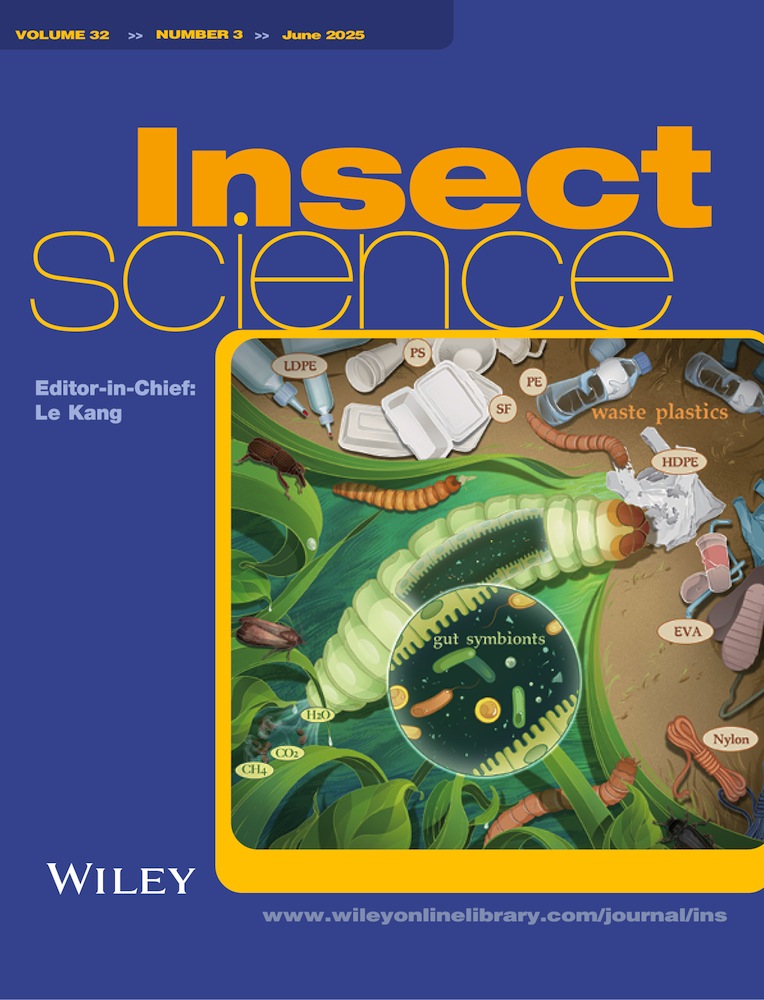STUDIES ON BIONOMICS OF LIPOSCELIS ENTOMOPHILA (PSOCOPTERA:LIPOSCELIDIDAE) INFESTING STORED PRODUCTS*
*This project was supported by the National Natural Science Foundation of China.
Abstract
Abstract This paper deals with the biological characteristics of the psocid Liposcelis entomophila (Enderlein) on a diet composed of whole wheat flour and yeast (10: 1) under different temperatures (17.5–35C) and relative humidities (50%-90% RH). The results showed that at 75% RH development time from egg to adult varied from 71. 9 d at 20% to 21.7 d at 35C. At 28C it varied from 23.0 d at 90% RH to 34.4 d at 60% RH. The development threshold and the effective accumulated temperature for entire immature stages were estimated at 15. 7C and 460. 7 day-degree, respectively. The survival rate from egg to adult was 64. 5% at 27. 5C while at 20C and 35C it was only 32.1% and 37. 0%, respectively. At 28C the survival rate ranged from 31. 2% at 60% RH to 67.8% at 80% RH. L. entomophila could not survive at any humidity at 17. 5C and below 50% RH. The average longevity of adult ranged from 32.4 d at 35C and 64.4 d at 20C. At 75% RH the mean egg production varied from 27.1 at 27. 5 C and 13. 9 at 20C and the greatest fecundity occurred at 90% RH with 28C. The optimal ranges of temperature and humidity for L. entomophila population growth were 27. 5–30C and 80%—90% RH. The distribution and the reason for its serious infestation in China are discussed.




